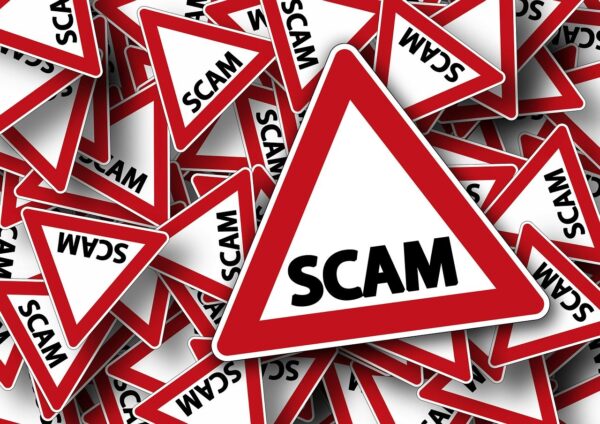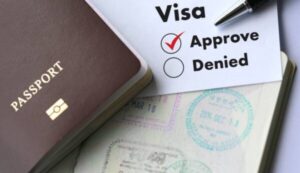us6896901185421 : USPS Tracking Number -Scam Text Linked to tech4islands.com
3 min read
us6896901185421
us6896901185421: The digital age has ushered in a new era of convenience, with online services simplifying our lives in various ways. Unfortunately, this convenience has also given rise to new avenues for scammers and cybercriminals to exploit unsuspecting individuals. A concerning trend is the emergence of us6896901185421 – USPS tracking number scam texts, often luring recipients into fraudulent activities. In this article, we delve into the details of this scam, how it operates, and the crucial steps you can take to protect yourself from falling victim to such deceptive tactics.
us6896901185421: USPS Tracking Number Scam Texts
Scammers are adept at capitalizing on people’s trust in reputable institutions like the United States Postal Service (USPS). The us6896901185421: USPS tracking number scam involves sending text messages to recipients, claiming to be from USPS and providing a supposed tracking number for a package delivery. These messages are designed to create a sense of urgency, prompting recipients to take immediate action.
Also Read: us9514901185421: Beware USPS Scam Email and fake usps tracking number
How the Scam Operates
- Baiting with Tracking Numbers: Scam text messages contain fake USPS tracking numbers like us6896901185421, intended to mimic genuine package deliveries. Recipients are enticed to click on links to track their supposed packages.
- Redirected to Fraudulent Websites: Clicking on the provided link redirects recipients to a fraudulent website, often bearing a resemblance to the official USPS site. These websites are meticulously designed to deceive users.
- Personal Information Request: Once on the fraudulent website, recipients may be prompted to provide personal information, such as names, addresses, phone numbers, and even financial details, under the guise of verifying package delivery.
- Malware and Phishing: Some scam websites might also prompt recipients to download attachments or click on additional links, potentially exposing their devices to malware or phishing attacks.
- Tech4Islands.com: Recently, scammers have been using the domain tech4islands.com to facilitate their fraudulent activities. This domain is often associated with the scam texts, and it’s important to be cautious of any interactions with it.
Protecting Yourself from USPS Tracking Number Scams
- Verify the Source: Always verify the sender’s identity before taking any action. Legitimate USPS communications will come from official USPS contact channels.
- Official Website: Access the official USPS website directly by typing the URL (https://www.usps.com) into your browser. Avoid clicking on links from unsolicited messages.
- Avoid Sharing Information: Never share personal or financial information through text messages or unfamiliar websites.
- Hover Over Links: Hover your mouse pointer over any links in text messages to preview the actual URL. Verify that it leads to the official USPS website.
- Delete Suspicious Messages: If you receive a suspicious text message, delete it immediately and do not engage with it.
- Report the Scam: Forward the suspicious text to the Anti-Phishing Working Group at [email protected]. You can also report the scam to the Federal Trade Commission (FTC) at ftc.gov/complaint.
- Educate Yourself: Stay informed about the latest scam tactics and educate your friends and family to prevent them from falling victim to such scams.
Also Read: us9514961195221 – Beware Scam fake text messages
Conclusion
The rise of us6896901185421: USPS tracking number scam texts linked to websites like tech4islands.com highlights the need for heightened awareness and caution when interacting with online communications. By remaining vigilant, verifying sources, and refraining from sharing personal information, you can protect yourself from falling prey to these deceptive tactics. Remember that scammers are constantly evolving their methods, so staying informed and adopting safe online practices are essential in safeguarding your personal and financial well-being.






